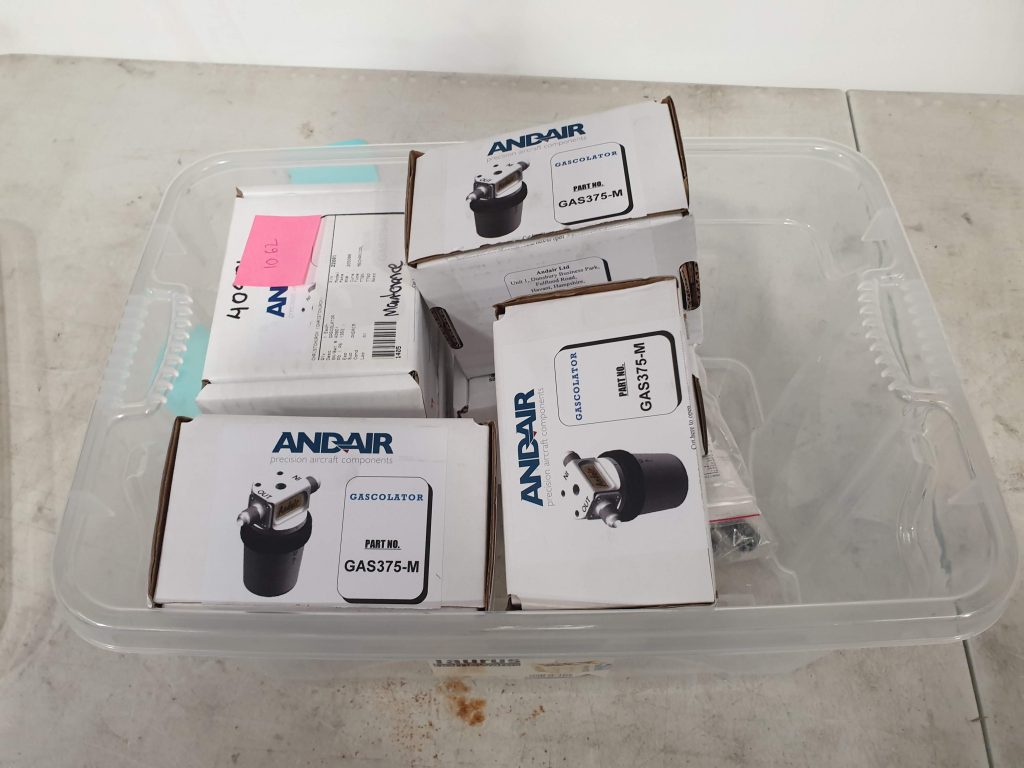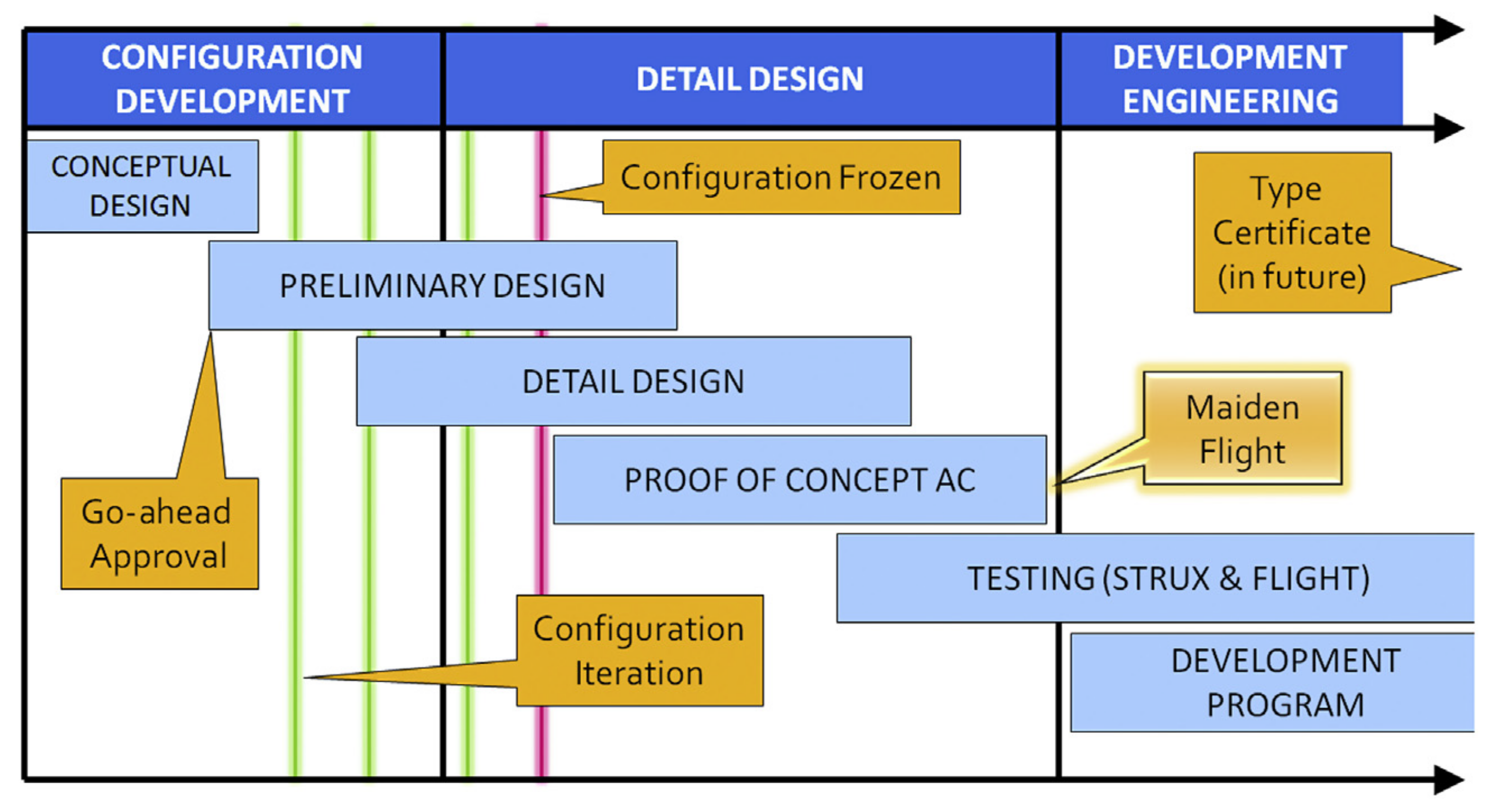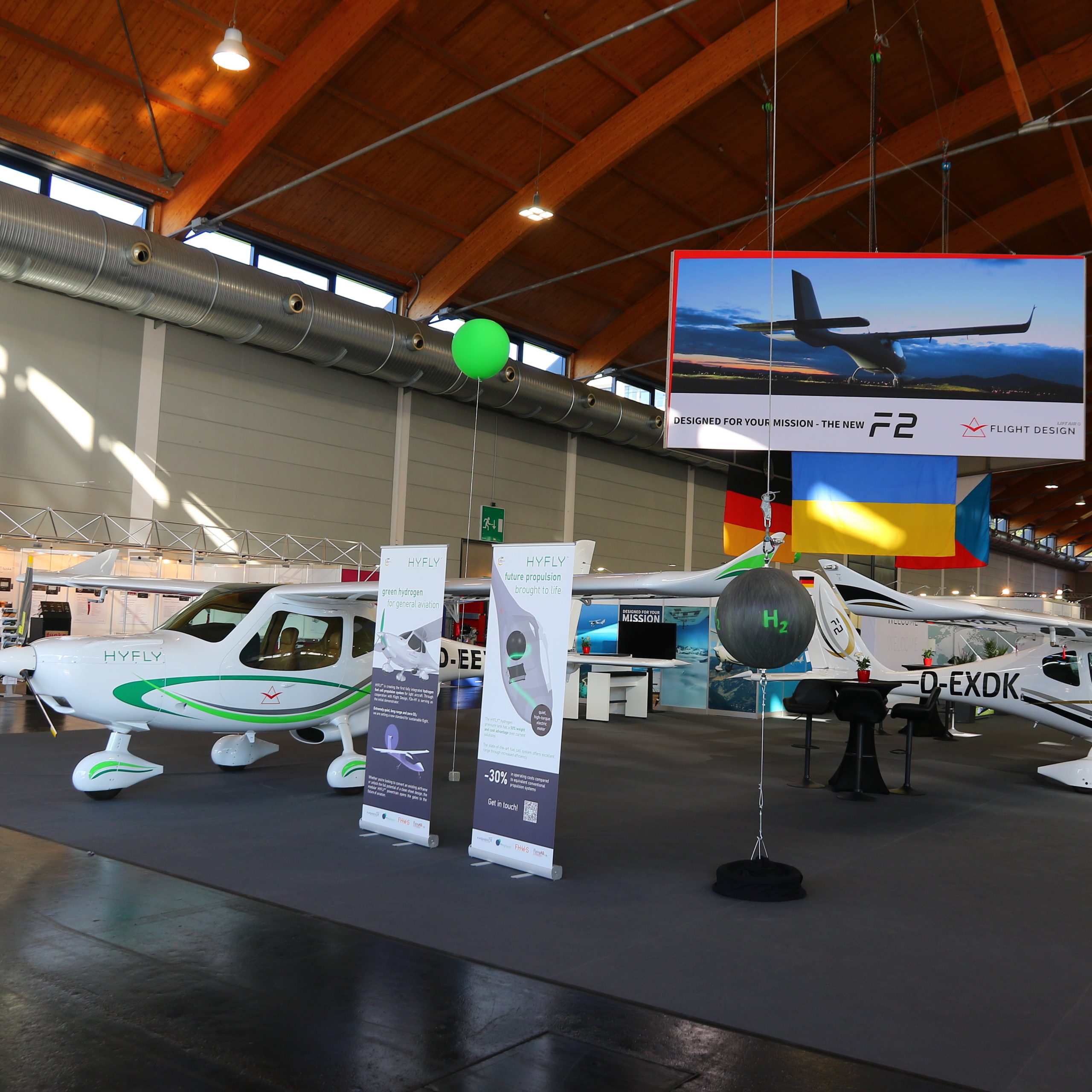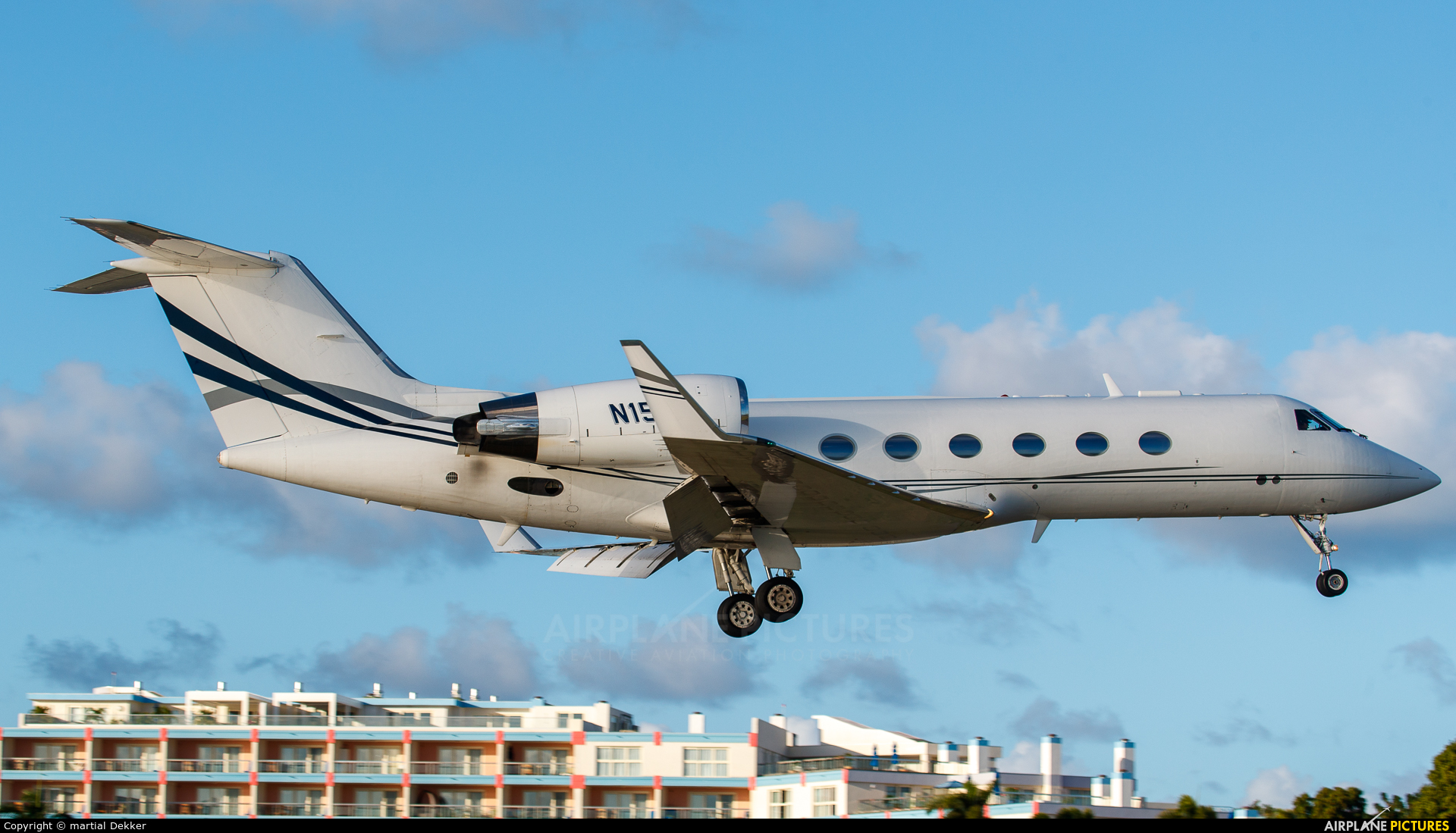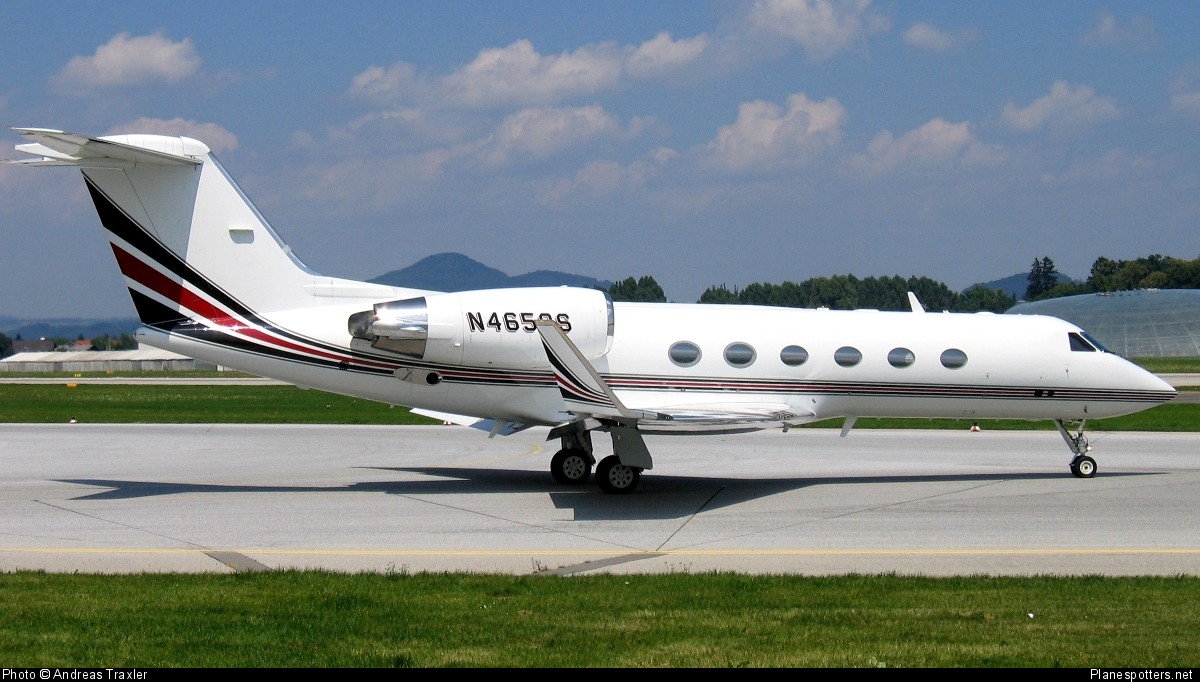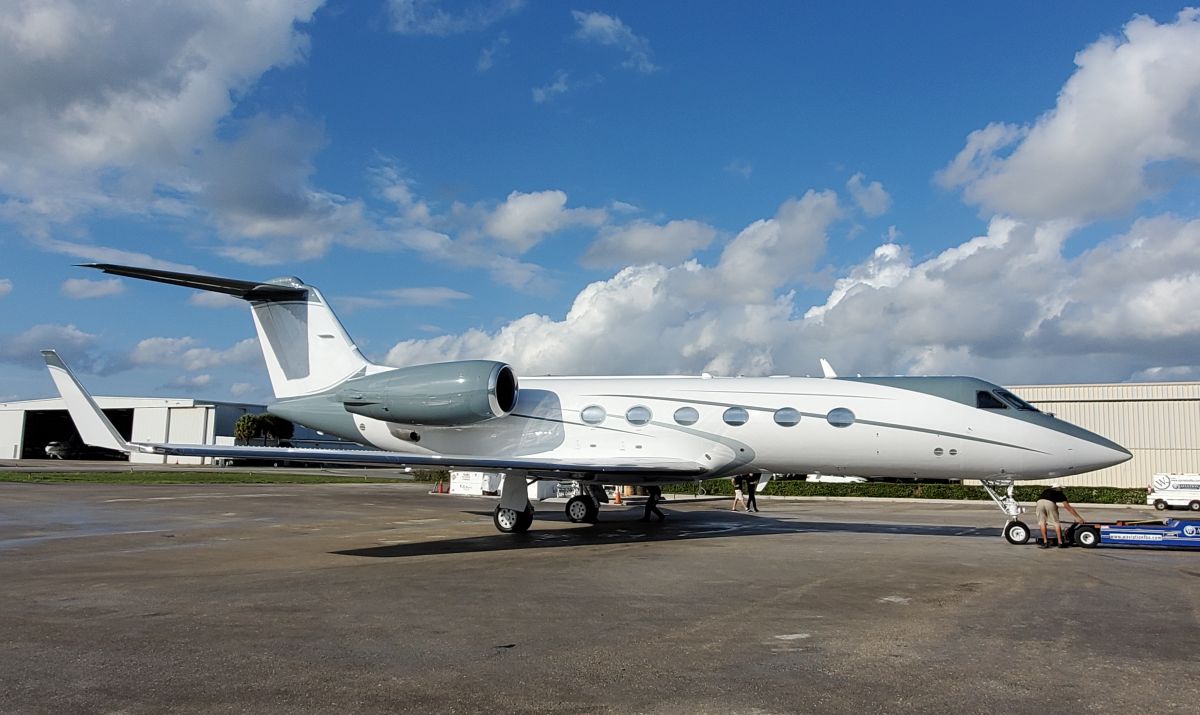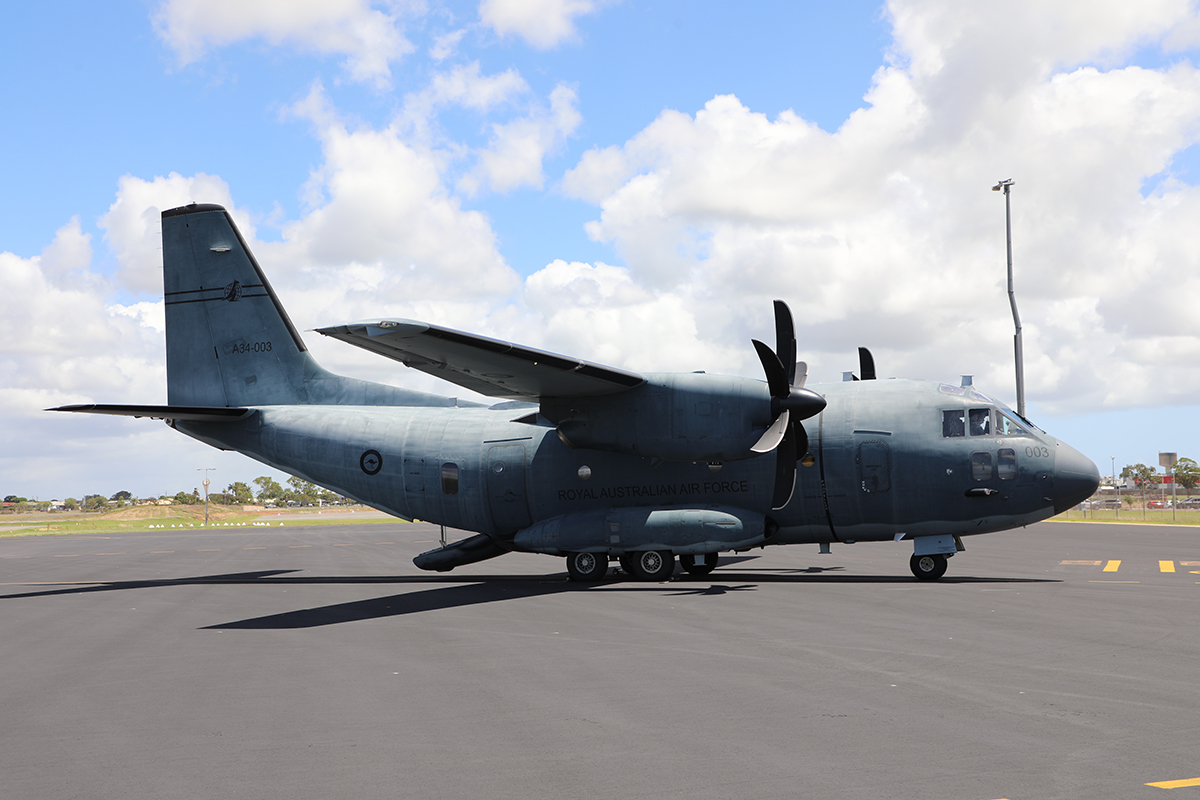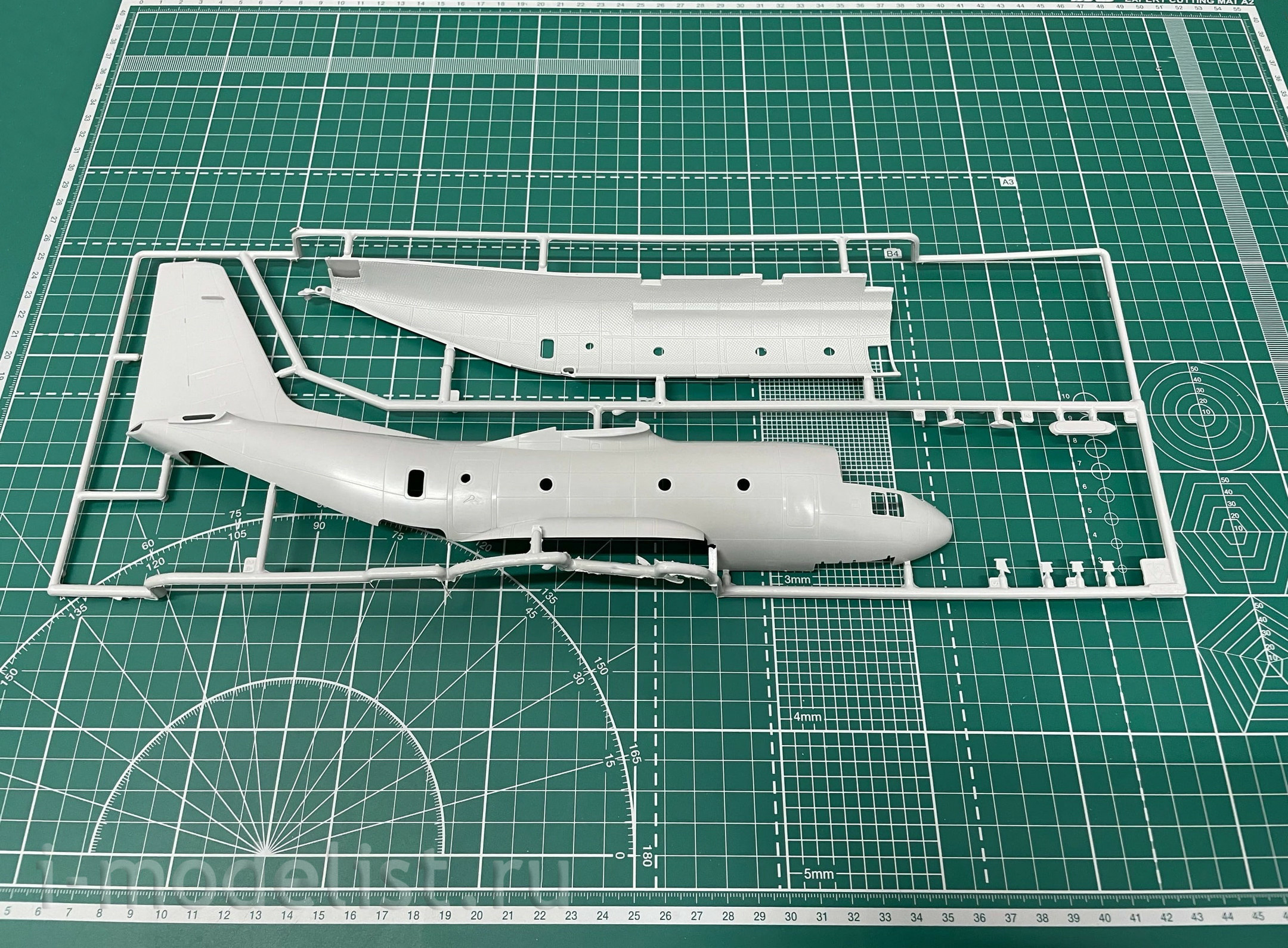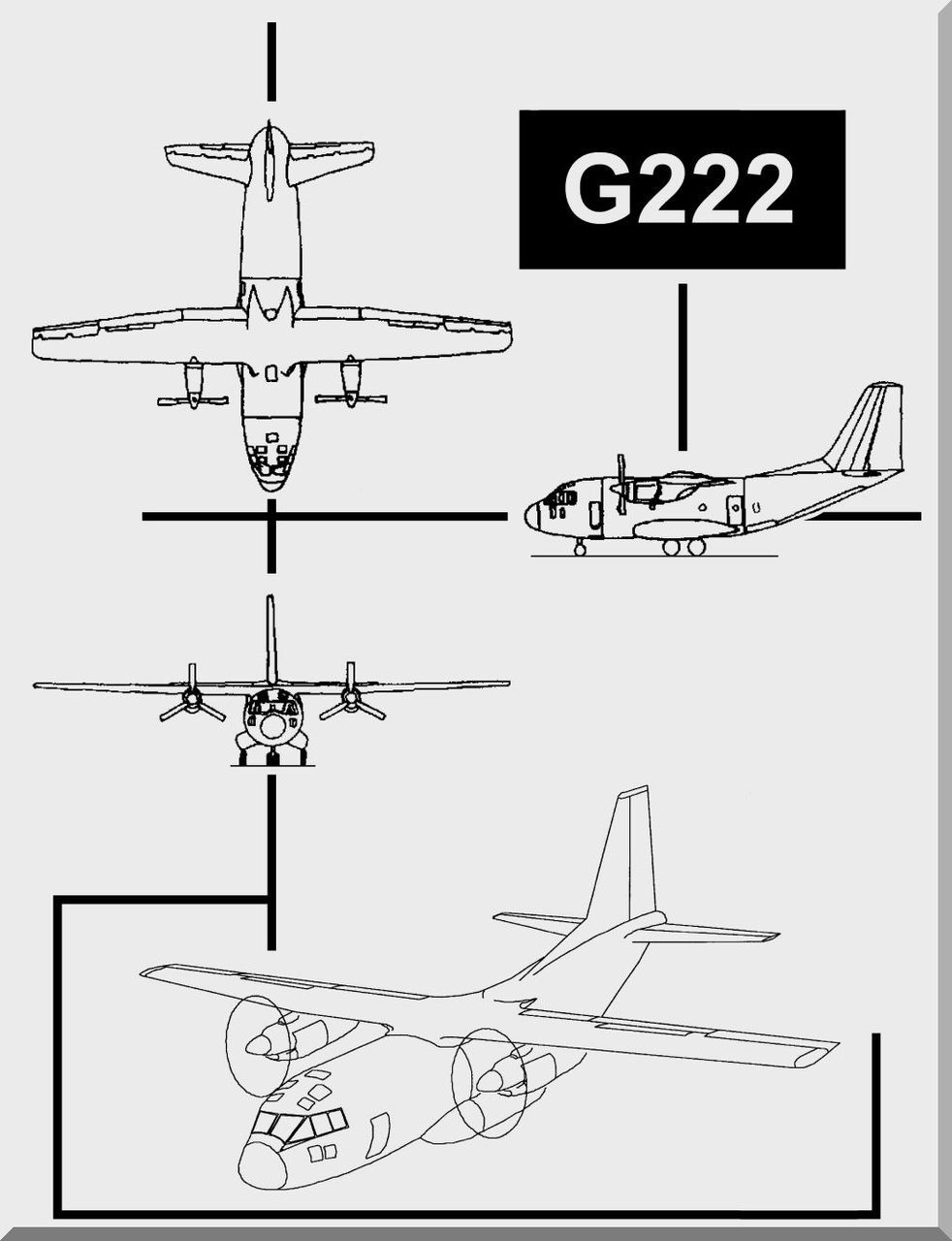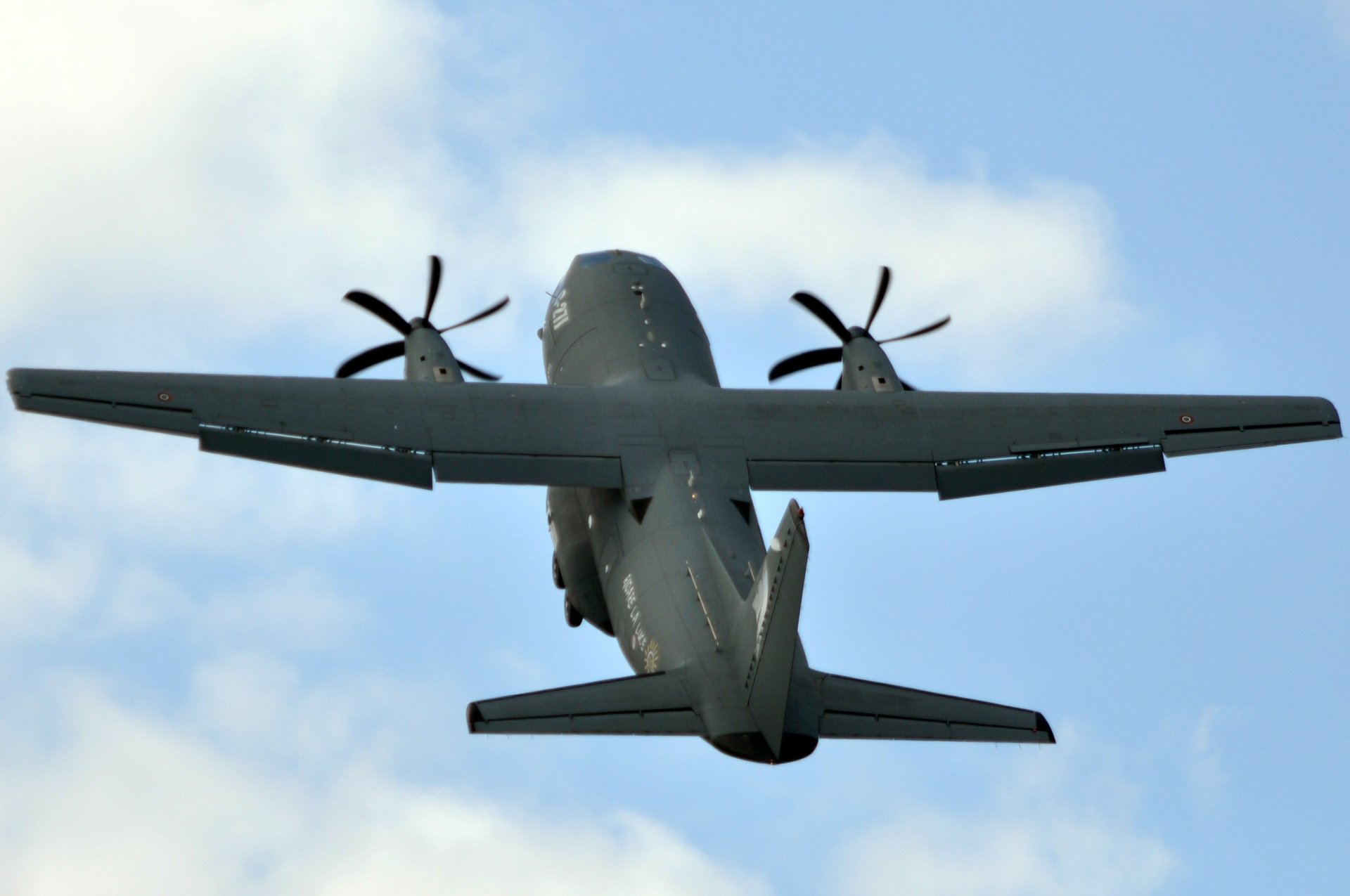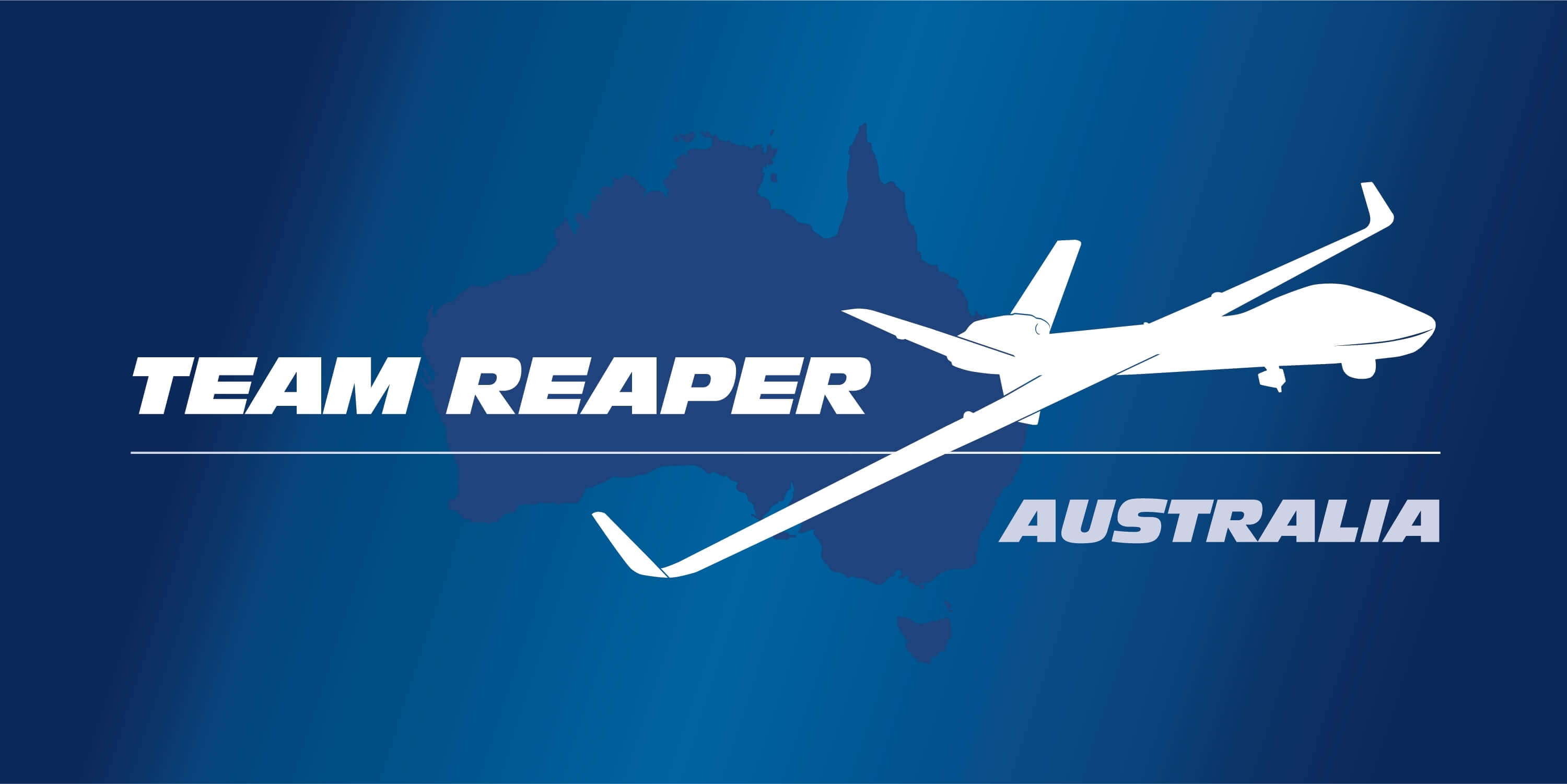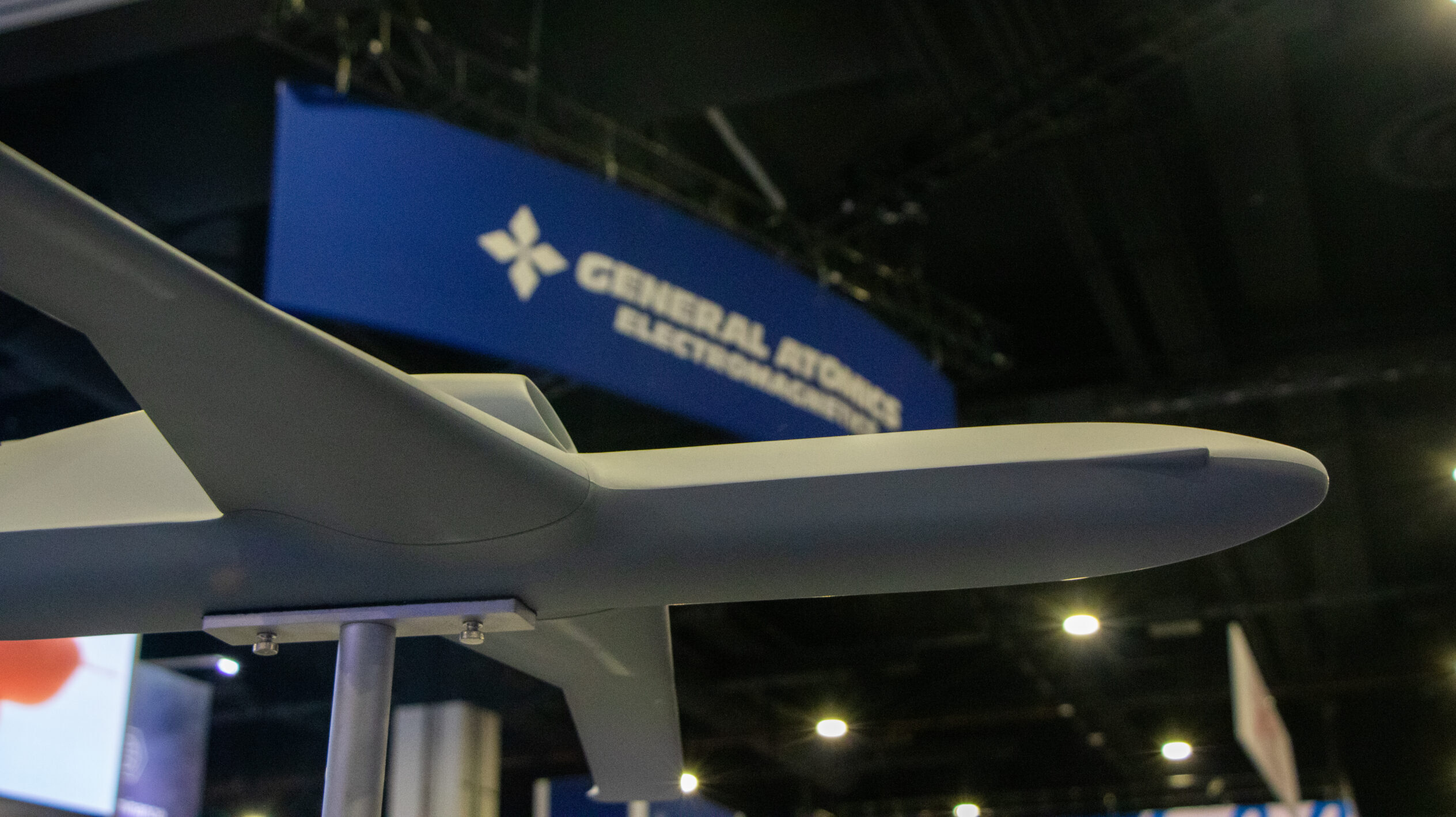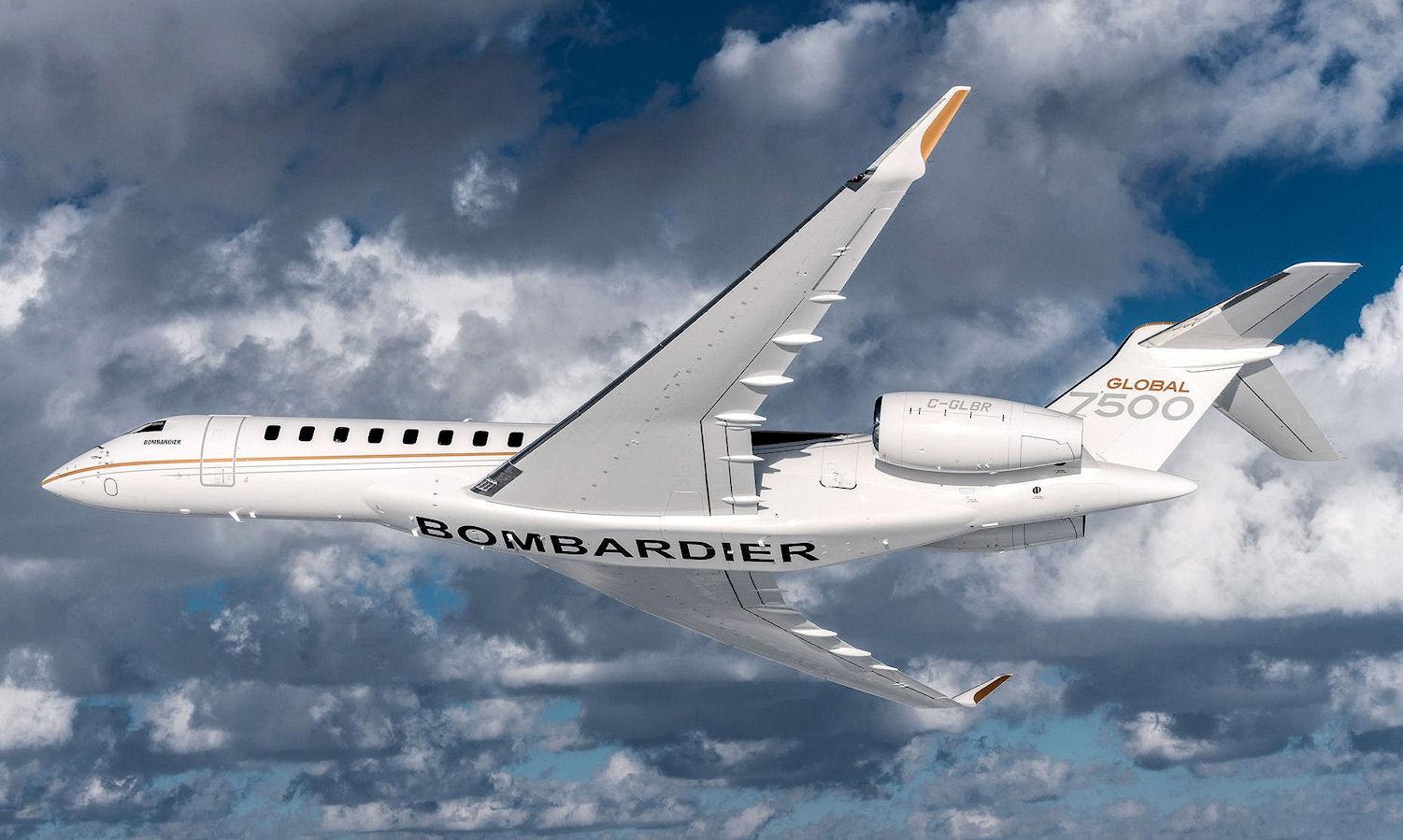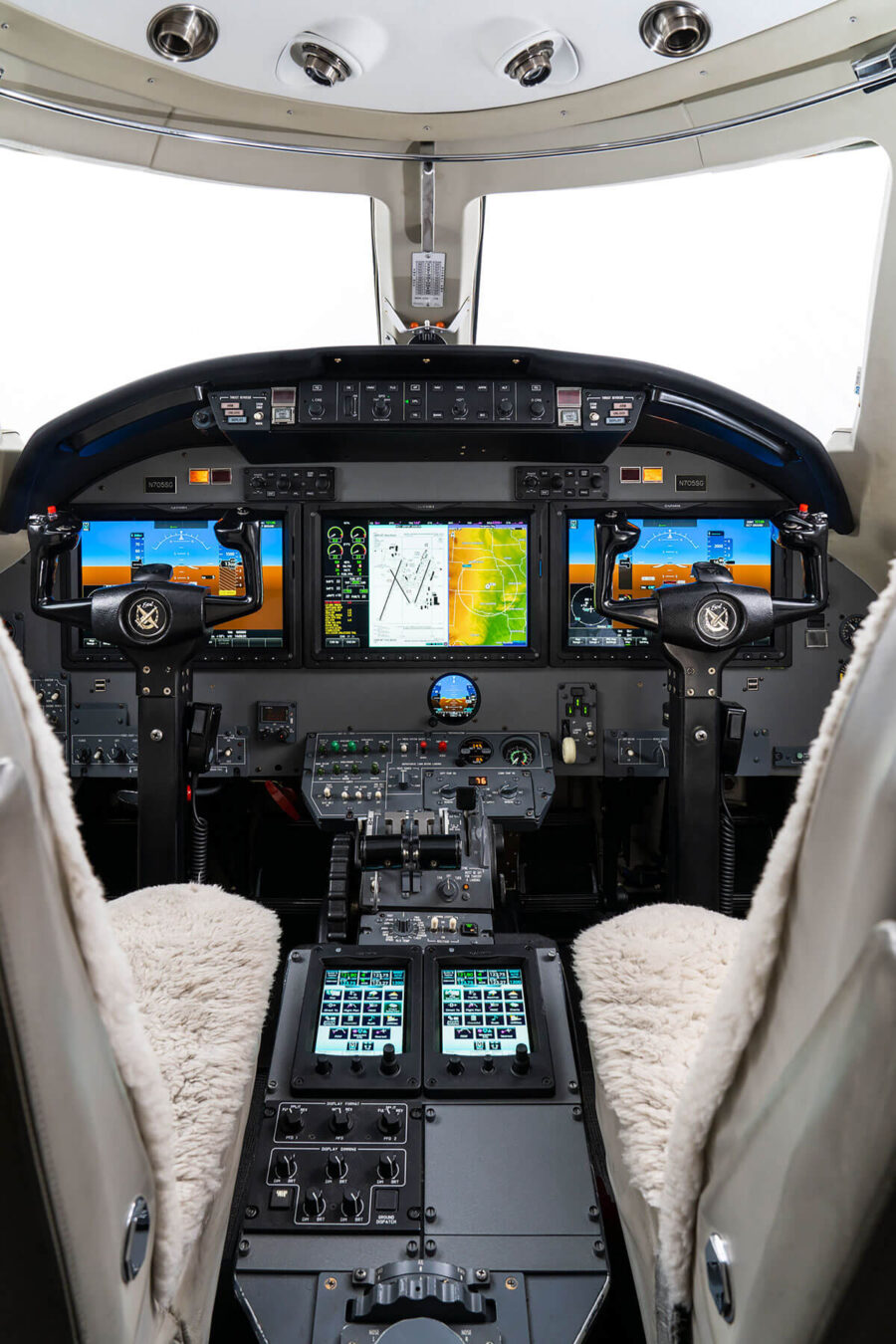Gemini Diesel Aircraft Engine - The base kit starts with a new Chevy long block—Robinson works with a variety of LS engines, both naturally aspirated and supercharged by GM—to offer a wide range of performance. Highlights of the base package are exhaust manifolds, alternator, starter, flywheel, ignition harness, an engine control module (computer), engine wiring harness,
throttle body, and a propeller gearbox. The latter is available in three lengths, two gear ratios and uses a Morse chain drive allowing variable pitch, constant-speed or reversing propellers, those being popular with seaplane pilots. The base kit is delivered assembled as far as practical, too.
Gemini Diesel Aircraft Engine

At first glance the Gemini 100 looks like a compact water-cooled aircraft engine with four opposing cylinders. Narrow and not very tall or deep, it's roughly the same size as a Continental O-200 and has the same output, 100 hp.
Our Guidelines
That's where the similarities end, says Tim Archer, president and CEO of Powerplant Developments, the Gemini's manufacturer. With three cylinders and six pistons, the Gemini burns diesel/Jet A. As usual, when an M-14P goes in for overhaul, more often than not it goes from the base 360 hp to the 400 hp M-14PF upgrade as the price isn't
that much greater. Other sources for these robust Russian-designed radials are Jill Gemerzke's M-14P Inc. in Kingman, Arizona, and Barrett Performance Engines in Tulsa, Oklahoma, which specializes in hot rod versions with electronic ignition and Airflow Performance fuel injection.
The Gemini 100 is currently running in the test cell," Archer said. "It is meeting all of our performance goals and right now we anticipate having pre-production engines within 90 days." The Gemini 100 has a similar profile to the Rotax 912.
Notable improvements are a reinforced magnesium case, one-piece crankshaft with integral propeller flange (like Lycoming, Continental, et al.), unique cylinder heads with down-facing exhaust ports and dual spark plugs, fittings for standard aviation CHT sensors, hydraulic lifters, built-in alternator, and increased oil capacity.
Great Plains Aviation Supply
Electronic ignition and a single-point fuel injection system are standard. Gearbox-equipped models turn higher engine rpm—as much as 4550 rpm—for increased power and slower prop rpm to support longer propellers. There are two gearbox ratios available;
some can accommodate hydraulically-controlled constant-speed propellers along with either left- or right-hand rotation. MW Fly is dedicated to electronic FADEC controls. A plug-and-play philosophy is supported by the CAN bus electrical architecture, so integrating the engines into an EFIS or custom tailoring the engine electronic mapping is said to be relatively easy.
Engine installation is also aided by the direct mounting of coolers and accessories. I should also name LOM Praha (http://www.pistovemotory.cz/en/), who are still offering a range of EASA-certified inline six- and four-cylinder engines from 120hp to 250hp.
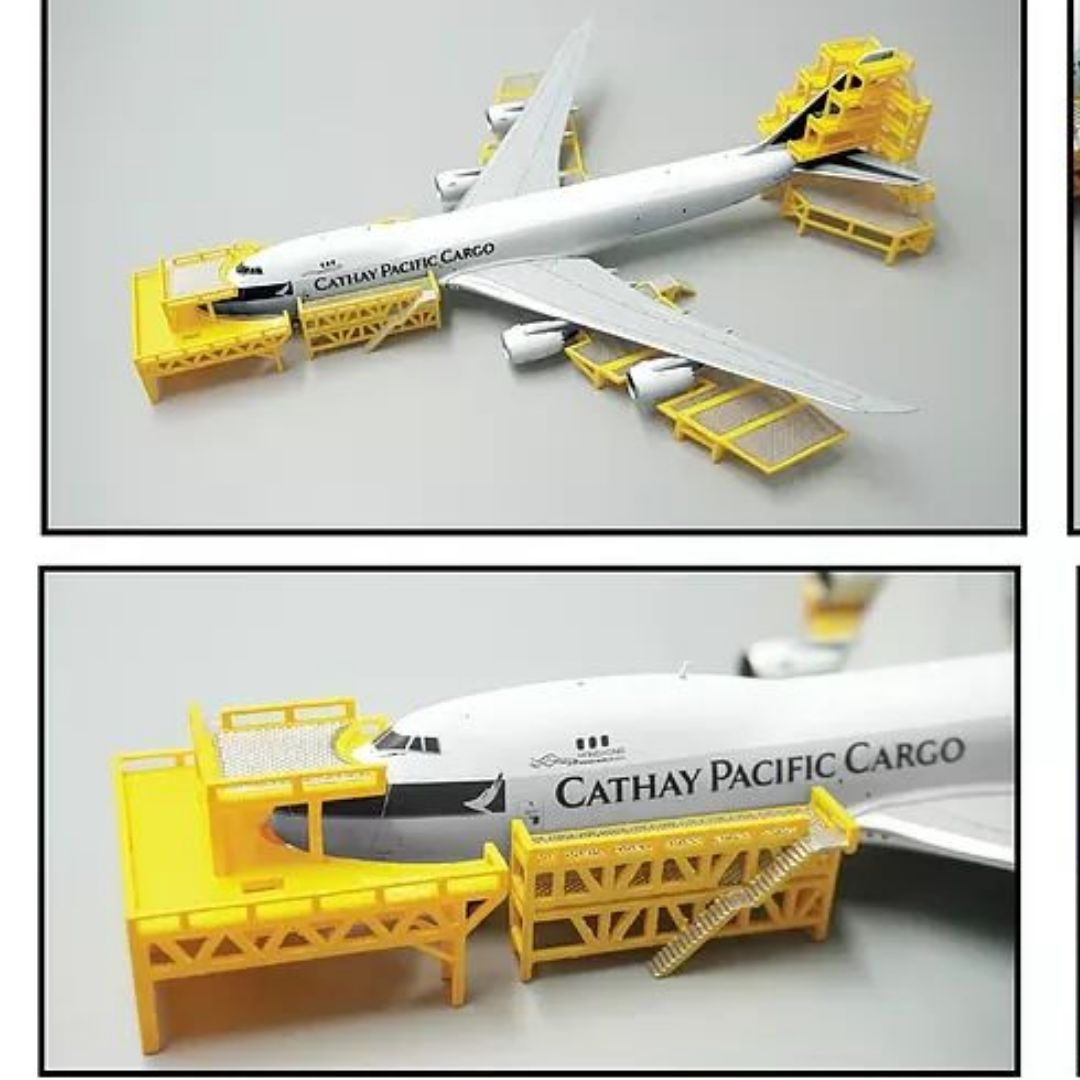
I'm not aware whether they are still selling to homebuilders, but there have been some experiments powered by LOM engines in the past. A new initiative is water-cooled cylinders for Lycoming engines. The idea is to replace the excess cooling fuel used during take off with water;
Robinson V Power
Higgs says he'll be at the Reno races in September 2020 with a water-cooled 540 derivative. Continental simply builds a line of engines under the Titan brand name; these, too, may include aftermarket parts and specialized machining steps—porting, for example.
Continental—at least under the Continental name—is not in the Experimental market and offers only certified versions of its engines wearing Continental data plates. At the other extreme, Rotax is firmly in the Experimental aircraft market and therefore has no need for an in-house boutique or separately named engines.
A Rotax is a Rotax. It may look like a VW, but it's really the VW engine completely re-engineered as an aviation engine—the Cadillac of VWs if you will. Motorav's parent company is Rima, a very large Brazilian mining and industrial outfit that bought out VW's Brazilian die casting plant and also has its own supply of magnesium and other metals.
Starting with the Type 1 VW architecture, Motorav has addressed every aspect of the design to strengthen it for aviation as a 175 cubic inches (2868cc), air-cooled, flat -four yielding 100 hp at 2900 rpm with a 1200-hour TBO.
American Rotary Engine
Rotec offers two engines, the seven-cylinder R2800 good for 110 hp, and its big brother R3600 which sports nine of the same cylinders for a 150-hp rating. Both are un-supercharged. The smaller engine is most often paired with a fixed-pitch 76-inch-diameter prop while the R3600, which was later to market but seems to have picked up sales steam lately, can swing
90-inch blades. Just look at a hotrod or dragster and you can see a very big, wide belt with ribs driving the supercharger. Those 6 inch wide belts are designed to transfer dozens of horsepower to the compressor.
The total horsepower may double in a supercharged engine so a net gain of hp is achieved. When dealing with an engine shop—large or small—you can either walk in the door empty handed or start with a core engine or even a partial pile of engine parts.
Even if the core engine you have isn't the engine you need for your current build, it's trading fodder. Alternatively, the larger shops keep surprisingly large inventories of core engines and parts on hand, so if you are starting from scratch, the shop can often supply a core to start from, for a price

Ac Corporation / Higgs Diesel
, of course. This can be a cost effective way to arrive at a fresh engine, so it's worth exploring. The latest development of the R-2300 is a turbo version that has been in development for over 100 hours of run time.
It gives 102 hp at 3200 rpm up to 12,000 ft. The R-2300DT Turbo has been on the front burner at Revmaster for several years now and continues to be the center of the development attention.
Another reality in the aircraft engine world is that the overwhelming majority of popular kits and plansbuilt aircraft use Rotax, Continental, or, especially, Lycoming engines. That's because they are known quantities in the aircraft maintenance and resale worlds.
They're also well known to the airframe manufacturers, which is why they're normally the go-to choice on the factory's ships. Sure, it's absolutely possible to build a well-performing airplane around other engines—such as those in this guide—but that's best a job for the seasoned builder with a solid foundation in engine fundamentals.
Firewall Forward Aero Engines
For most builders, replicating (not necessarily duplicating) what the airframe creator has done is the fastest, lowest-stress way to a flying airplane. So I just came across this pretty comprehensive list – thanks for that, especially the pricing information!
– but i'd like to add a few engines from across the pond. It's an old article by now, but maybe someone will read the comments. I realize importing from Europe wouldn't make much sense in most cases, but, for completion's sake:
If the all-singing, all-dancing 915 Rotax does offer some interesting performance capabilities to anyone interested in zipping along just a bit shy of the flight levels, it's worth remembering even the entry -level 80-hp Rotax offers flying for significantly less than half the money and in a definitely less-stressed, should-last-forever package.
Firewall Forward Aero Engines has two Honda-based four-cylinders on offer, the CAM 100 and the CAM 125. These are legacy auto conversions based on the Honda Civic engine and apparently proven enough to earn a 2500-hour TBO and a five-year warranty.
Hummel Engines
The CAM 100 displaces 1488cc and makes 100 hp; the CAM125 is a little larger at 1590cc and makes 125 hp. Both engines are offered with or without a 100mm wide belt-drive prop speed reduction unit;
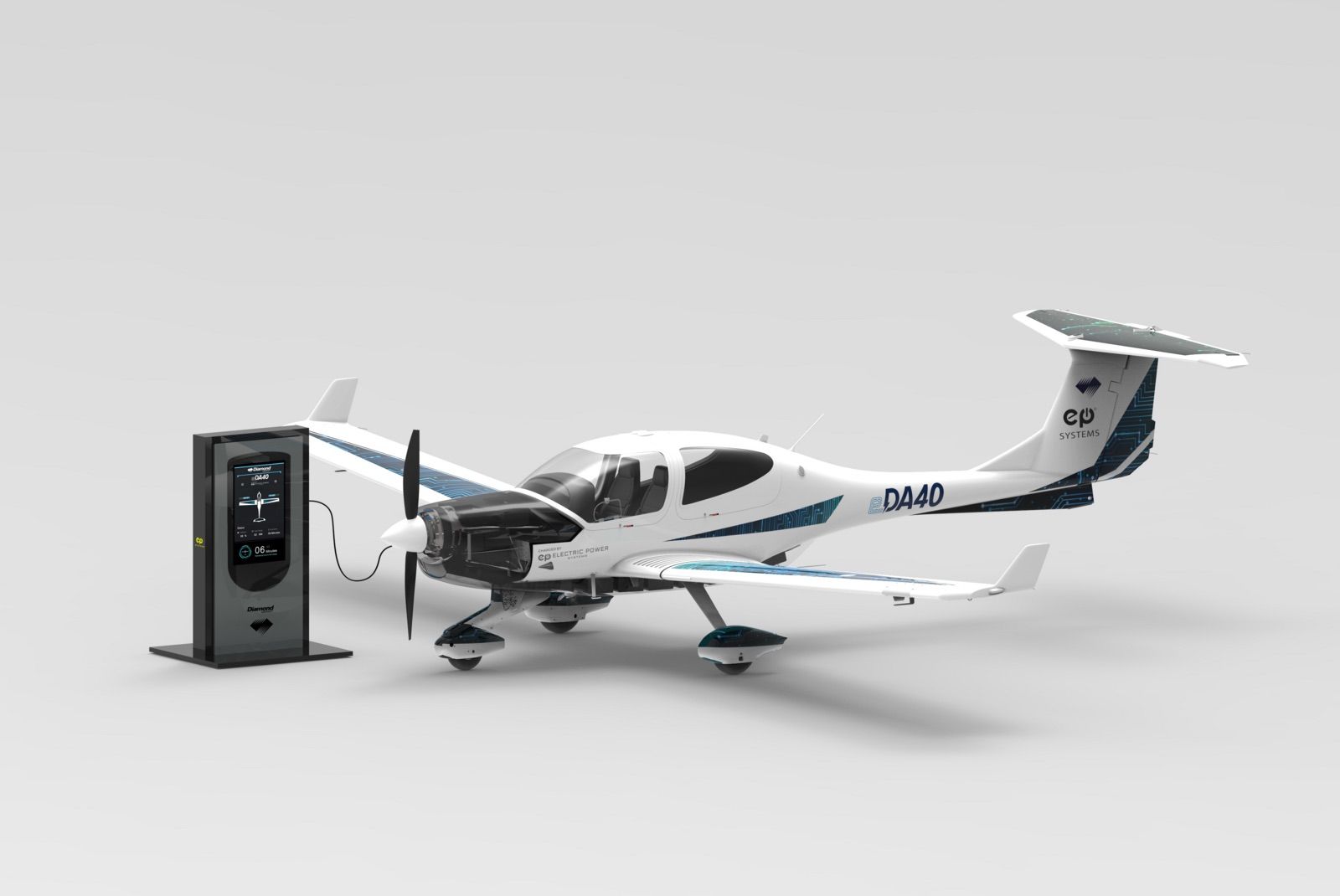
we're listing them with its reduction drive in our chart. A few engines may seem to be missing from this guide. We're not going to cover Pratt & Whitney's latest turbofan, nor are we delving into the ultralight engines—less than 50 hp.
The large-bore Continentals, such as the IO-550, aren't here, either; Continental does not want to sell them directly to the Experimental market—so we haven't listed them here. If you have a kit that needs one of these, chances are the kit manufacturer will help you source one.
Also, as the pilot population ages, more airplanes have sat derelict in hangars or on tiedown lines to the point where they are beyond economic repair. Their salvage value is only in the engine, propeller, and maybe a few instruments or radios, so don't be surprised to see relatively low-hour but calendar-old engines for sale.
Subscribe To Jetwhine
Rust and corrosion have almost always turned such engines into core-value only items, so beware of the temptation to install a 40-year-old engine with only 300 hours in the logbook in your new airplane. "The second is that over the years many of the manufacturers of these kit and LSA aircraft have become dissatisfied with the current engine options and have asked us about developing a new-generation, alternatively fueled engine that delivers the same innovation, quality and value that
is found in our experimental XP-Series and FAA certified Vantage Engines," he said. "Our commitment is to meet those goals and more with the new Gemini Diesel engine series." Built in the Czech Republic by a small company that's been in the airplane engine business since 1993, the Verner radials we're detailing here use the same two-valve, 3.62 x 4.02-inch cylinder,
but fit five, seven, or nine of them as power needs rise. (Let's note the little 28-inch diameter three-banger shares its smaller cylinders—now aluminum with steel liners—with a five-cylinder version as well). All of the larger engines, which Verner groups under the Scarlett name, are relatively low-rpm, direct-drive designs using no supercharging but employing carburetor and optional fuel injection.
Designed to run on 93-octane U.S. or 95-octane European premium mogas, the Scarlett series has a 32-inch diameter and a TBO of 1000 hours. Experience shows some lead fouling on a steady diet of 100LL fuel, but this responds favorably to lead-scavenging additives or simply by running mogas.
Mw Fly Aero Power
An aerobatic qualified gearbox has been added, the SD550. It is the SD400 box beefed up with an external brace, much stronger prop shaft, larger bearings, different splines on the top gear drive, all to better withstand gyroscopic loads.
The main market for it is the replica P-51 crowd as not too many RV-10 fan boys are aerobating their rides. This year CAM has improved the induction ports and developed a fuel pump for the engine (the originals relied strictly on gravity).

Purists may decry it, but CAM also has an electric starter for its rotary—it must be the first non hand-propped rotary ever—and lists output at a muscular 120 hp and 580 pound-feet of torque while whirling at just 1120 rpm.
Sales of the TJ100 are through Sonex for the SubSonex or directly with PBS. Furthermore, Turbine Solutions Group, while no longer a PBS dealer, has experience with a TP100-powered RV-10, Velocity and Lancair airframes if you're headed in that direction.
Warner Engine Company Monocoupe Aeroplane Corporation
Another outfit offering you-assemble engine kits is Great Plains. Again, this keeps costs low and also helps Great Plains market a surprisingly wide variety of VW engine variants. To start, Great Plains has "full" or four-cylinder VWs, or two-cylinder half-VW engines.
In four-cylinder engines you can choose between driving the propeller from the flywheel end, or the pulley end of the engine, the former with an accessory isolation kit, and with or without a belt-driven propeller speed reduction unit.
Kits are available as short- or long-blocks. In fact, the entire Great Plains offerings are available in just about any combination of parts and kits imaginable, and they offer a wide range of accessory items.
Patience is a virtue around new engines; witness the O-100 Pegasus DP-1, a twin-cylinder derivative of the mega-popular O-200 Continental. It's designed to use all-new Pegasus parts where needed and existing Continental O-200 parts as possible.
Sport Performance Aviation
LSA fans have been patiently waiting for the engine for several years since the first-article DP-1 was first shown running on an engine stand, and while this should have been the year the new 58-hp engine
went into production, we're going to need a little more patience says Pegasus majordomo Pete Plumb. Certainly engines are a major investment. A new, overhauled, or custom-built conventional four-cylinder engine is all but guaranteed to cost around $25,000.
Performance modifications or showy presentations can add $10,000. Traditional six-cylinder aviation engines are more like $35,000 to $45,000. If you're considering a Rotax then—in round numbers—100 hp is about $19,000 carbureted and $22,000 when fuel injected;

moving to the turbocharged Rotax powerplants means nearly $31,000 carbureted and $37,000 fuel injected. Re-powering Seabee amphibians is where Robinson got his start converting Chevy LS engines, and having developed a successful combination, they're sticking with it.
Auto Psru's
Besides complete Seabee conversions, Robinson offers its converted LS engines in a pleasantly complete base package designed to give the LS fan a head start in fitting the popular Chevy to almost any airframe. Rated power of the conversions ranges from 300 to 425 hp.
We've continued our tradition of grouping engines by general design feature. Thus, the flat (horizontally opposed) four-stroke engines are flocked together, followed by the inline and vee configurations, followed by the round-motor radials and rotaries, Wankels
, Diesels (Jet A), and, because they are something unto themselves, Volkswagen derivatives. We close with turbines, Corvairs, and the few two-strokes that fit our criteria. Finally, to put things in perspective, Lycoming holds one major trump card in the time-tested nature of its power plants.
There are so many Lycs flying that the company estimates the Lycoming brand accrues 1 million fleet hours monthly. I believe theirs is a sliding bit that covers the exhaust port towards the bottom of the stroke and allows whatever forced induction system to maintain pressure.
New Vs Used
I think they're pretty precise with their scavenging. There must be some overlap but all the older engines of this type solved 90% of the problem you describe. Last year we reported The Big C had started construction of a new headquarters and manufacturing facility in Alabama, very close to its heritage site in Mobile.
We can now report all administrative and engineering staff have moved into the new building, but at our press time manufacturing was continuing in the old factory as the new machine tools were arriving and being installed
. It's proving to be a large, lengthy process, but generally speaking the new manufacturing line should be operational in late 2020. Continental continues to offer a huge selection of engines if you consider the various legacy certified gasoline Continentals, the newer certified diesel engines, plus its Titan line of experimental derivatives of Lycoming parallel-valve architecture engines (320
, 340, 370 four-cylinders and a 540 six-cylinder). They now even have a certified version of the 370 parallel-valve engine, sort of like Ford building its version of a Chevy LS.
Adept Airmotive
gemini diesel engine problems, light aircraft diesel engines, small aircraft engines, diesel aircraft engines 400 hp, experimental aircraft diesel engines, diesel aircraft engine for sale, gemini airplane for sale, 2 cycle diesel airplane engines
